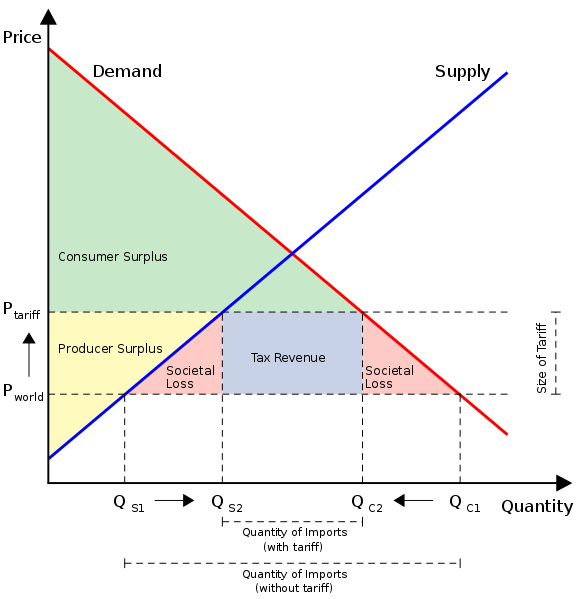As mandated in Article I Section II of the US Constitution, the United States Census has recorded the population of the citizens since 1790. The census is recorded every ten years with the purpose of collecting data. This data is then used for redrawing congressional districts, if necessary. According to 2010 US Census, the total population of the US was 308,745,539. As of 2018, the population has grown to 325.5 million. This number could also grow by 2020 and affect the number of representatives from certain states. The 2010 Census affected 18 states and reapportioned seats in the House of Representative based on state population. All eyes are now on the 2020 Census, but specifically at one question that has not been asked since 1950: “Are you a citizen of the United States?”
Since the beginning of the Trump administration, the US Justice Department has pushed for stricter laws and control over illegal immigration. Before the 2016 election, Trump expressed concern over the possibility of illegal immigrants voting in the election. Now he and Attorney General Jeff Sessions are pushing for a new border wall, stricter immigration policy and now the inclusion of the citizenship question.
Because the census only measures total population, the numbers do not indicate whether the person is a citizen or non-citizen. The law only allows citizens to vote, so it seems redundant for non-citizens to be included in the census data. The reapportionment of the electoral college is crucial for elections and so the data that is used should be accurate. According to a 2014 Pew Research Center study of Census Bureau data, there are an estimated 1 million undocumented immigrants living in New York and Los Angeles. Other major cities such as Houston have shown high numbers of undocumented immigrants living there. These urban areas are key districts for the Democratic party and the new census question could greatly impact the party’s power in the House.
Although many undocumented immigrants live in urban areas, a large portion of US citizens live in major cities like New York and Los Angeles. However, the rural areas including the Midwest will possibly see an increase in seats in the House. Andrew Beveridge, a demographer at Queens College in New York, conducted a study in 2016 which predicted the effects of using only eligible voters in the census. The study concluded that Texas, Florida and New York would see more seats given to the Republican party. The partisan advantage for the Republicans in rural areas will give them more seats in the House if the citizenship question is implemented. As expected, this has received a great amount of backlash.
Many Democratic politicians have expressed their distaste for the new question. California is home to “sanctuary cities” which give undocumented immigrants refuge from federal authorities. This is an illegal act, but the Democratic politicians believe otherwise. The large amount of undocumented immigrants in California gives Democrats a great amount of power in the state. However, the new question would result in the underrepresentation of these cities and a loss of power for the Democrats.
Undocumented immigrants are not eligible to vote in the US elections. The electoral college is based on the number of citizens, because they are ones who vote in the polls. The partisan politics will give Republicans more power which is not welcomed by the Democratic party. With concerns over illegal immigration, it is no surprise the Trump administration would include something like this. Trump campaigned with a anti illegal immigration policy so he is trying to make due on his promise. Partisanship has made its way to the 2020 Census which will affect future elections and the power of Democrats in the House of Representatives.












